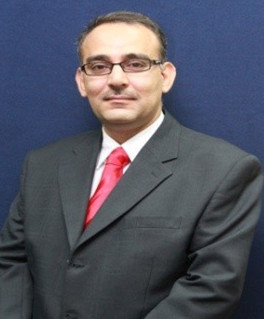Abstract—Aerodynamic force that generated on 2D section of
a blade is important for measuring the blade performance.
Therefore in this current work Computational Fluid Dynamics
(CFD) analysis was performed on 2D S809 airfoil. S809 airfoil
was designed by National Renewable Energy Laboratory
(NREL). Experimental analysis of this airfoil was done and
available for the validation purpose. Aerodynamic forces like
lift and drag coefficients were measured by using CFD in this
work. Pressure coefficients around the airfoil were also
generated to compare with experimental results. A wide range
of angle of attack cases with a fixed Reynolds number of 2×106
were considered which helped to analyze all stall and post stall
flow conditions. It is clear that capturing all practical
phenomena of 2D airfoil through CFD simulations are difficult.
Over predictions of lift-coefficient and under-prediction of drag
coefficient from the simulations as compared to experimental
data were observed. Five different model equations were used to
find the accuracy of various turbulence models in CFD
calculation. The main emphasis of the result was on the
variation at stall and post stall region. It has found that SST
gamma-theta model is more accurate in predicting the effect of
flow transition and separation than the other equations used in
this work.
Index Terms—Wind energy, wind blade, S809, airfoil, k-,
k-, SST
Shrabanti Roy, Ziaul Huque, Kyoungsoo Lee, and Raghava Kommalapati
are with the Prairie View A & M University, Prairie View, TX 77446 USA
(e-mail: shroy@pvamu.edu; zihuque@pvamu.edu; lks1838@naver.com;
rrkommalapati@pvamu.edu).
[PDF]
Cite:Shrabanti Roy, Ziaul Huque, Kyoungsoo Lee, and Raghava Kommalapati, "Turbulence Model Prediction Capability in 2D Airfoil of NREL Wind Turbine Blade at Stall and Post Stall Region," Journal of Clean Energy Technologies vol. 5, no. 6, pp. 496-500, 2017.


